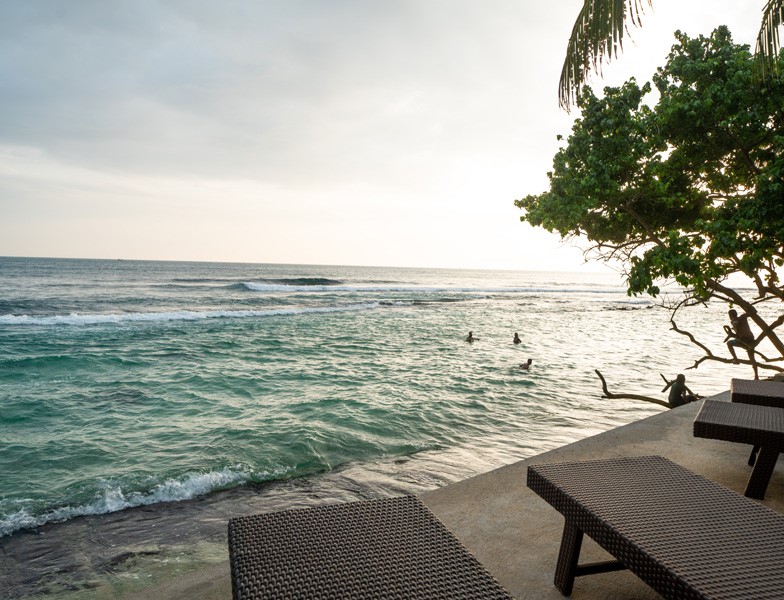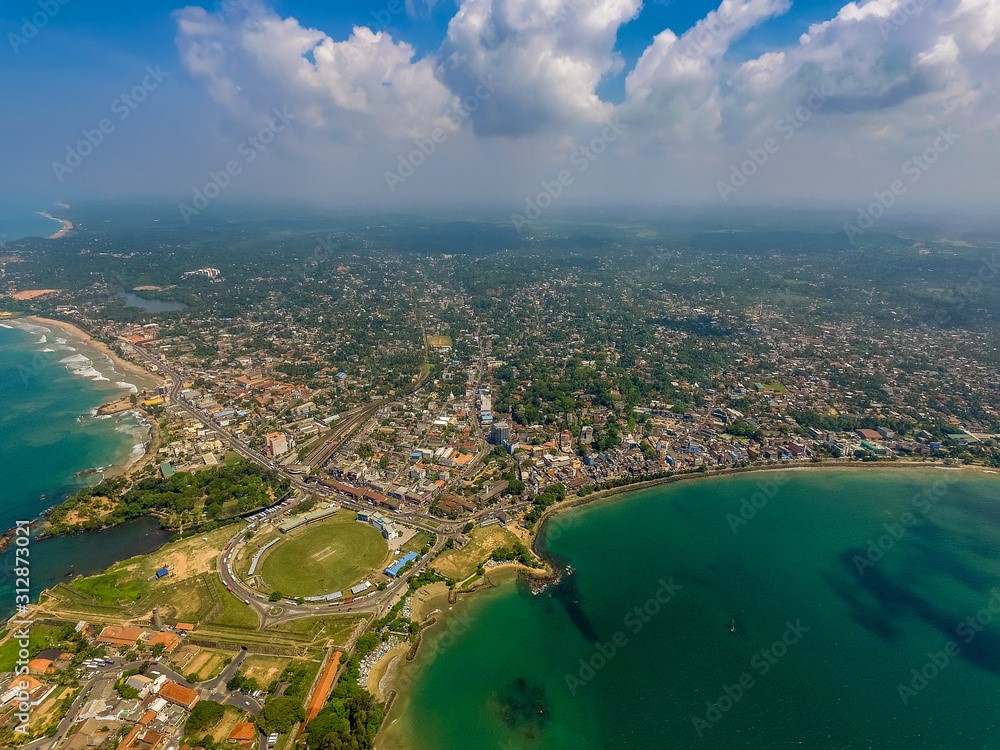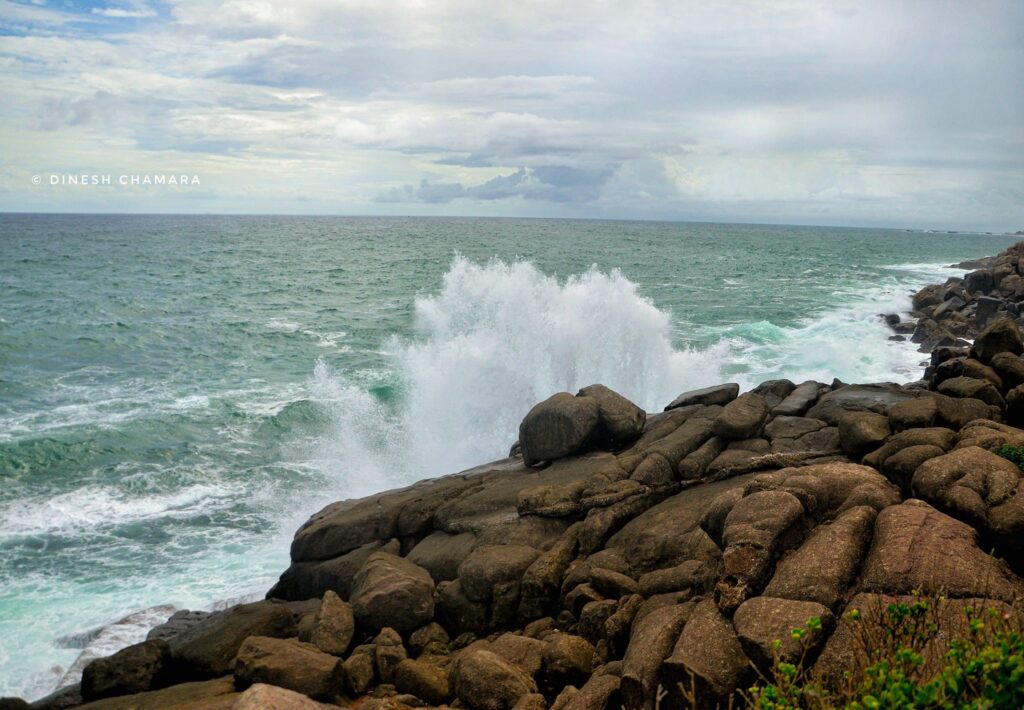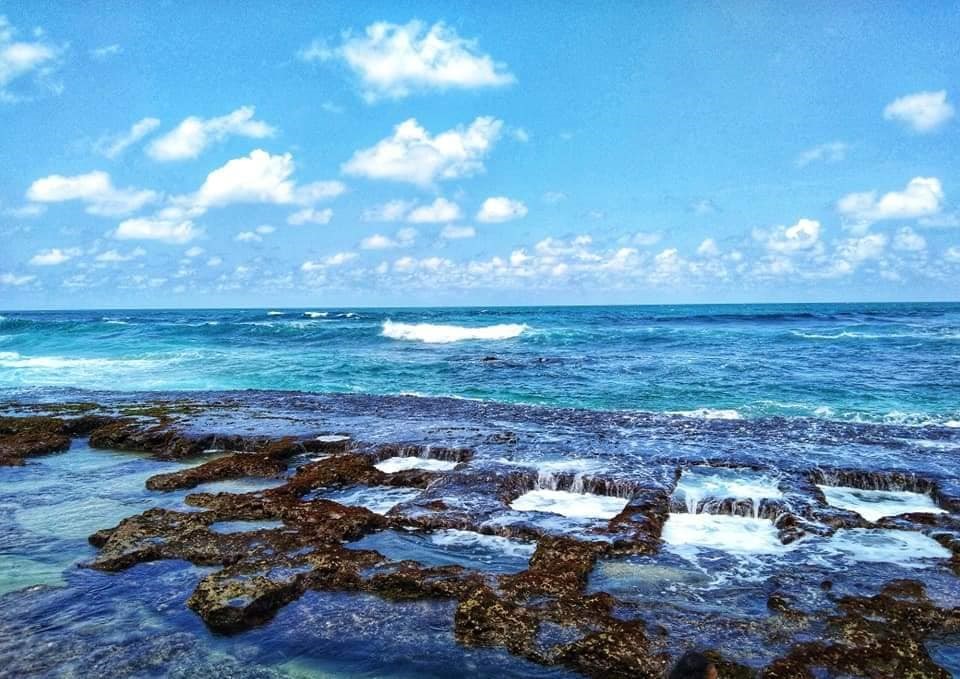Galle is a port city that has been known to chroniclers of civilizationsm mariners and traders from the days of King Solomon. Legends woven about Sri Lanka describe how King Solomon got peacocks and cinnamon through the port of Galle.If not true they may well approximate truth, for the phonetic genesis of “Cinnamon” is traced to Hebrew.The Greek geographer Cosmas Indicopluestas of Alexandria, mentions Galle as an important stop for Ships and Sailors of the Levant as early 6th century of the first millennium. Galle in the Sri Lanka Map has attracted Persians, Arabs, Greeks and Romans from the west and Indians and Malays from Gujarat and Malacca.Galle enters modern history in 1505 when the first Portuguese ship of Lorenzo de Almeida was driven to its inviting bay.


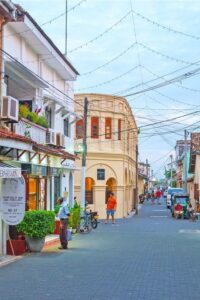

The bay is sheltered by a rocky peninsula which according local lore was a lump of Himalayan soil which the Monkey God Hanuman dropped when he brought medicinal plants and herbs to treat the wounded in a battle in the Hindu epic Ramayana. In a seminal book “Ceylon Under the British” a scholar records in impishly imaginative words “… If the vagaries of the winds brought the Portuguese to Sri Lanka, the lure of Cinnamon kept them there.” So they did, until evicted by the Dutch in 1640. Galle you discover today, will relate that story from every nook and corner as you walk its streets and corridors’ of well preserved structures that have withstood both time and the price of progress.

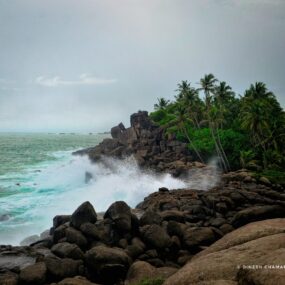
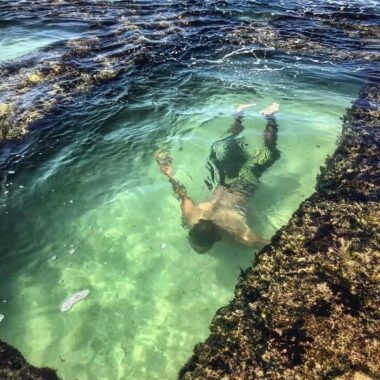

Today it is a protected world heritage site. It is has again regained its past grandeur simply by staying still within its imposing granite walls of the fort conceding some space to accommodate some world class Luxury Hotels in Sri Lanka.This ancient port city was directly in the cross roads of history. It was also the natural stop for ancient mariners who sailed with the help of obliging monsoon winds from China to the Shores of Arabia long before Isabella and Ferdinand decided to bet on Columbus.
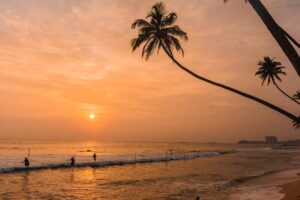
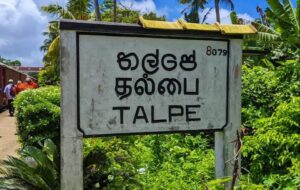


Lou will find the foot prints of Admiral Zeng Ho of China in Galle. The descendants of Arab traders with their quaint settlements and picturesque mosques will surprise you with their disarming charm and recall the wanderlust of Ibn Batuta who arrived on a stop over with no Sri Lanka Map but did leave descriptions of Sri Lanka accommodation.Galle is a monumental rebuke to that Imperial Poet Kipling. The fortified city, built by the Dutch, exists in its original design of the walls with 14 bastions enclosing an area of 52 hectares. It is an ingenious mixture of European architecture and Sri Lankan building traditions. In the structure of the ramparts, coral has been used with granite. The lay out of the streets and homes clearly point to a masterly synthesis of the east and west. In Galle the Dutch builders have made the “twain meet”, long before Kipling uttered those poetic but certainly not prophetic words “never the twain shall meet”. The twain continues to meet every January at the Galle Literary Festival an annual event in Sri Lanka that attracts the cream of Writers from all over. Galle was Global long before the advent of the internet and the web. In fact from the latter half of the fist millennium.
